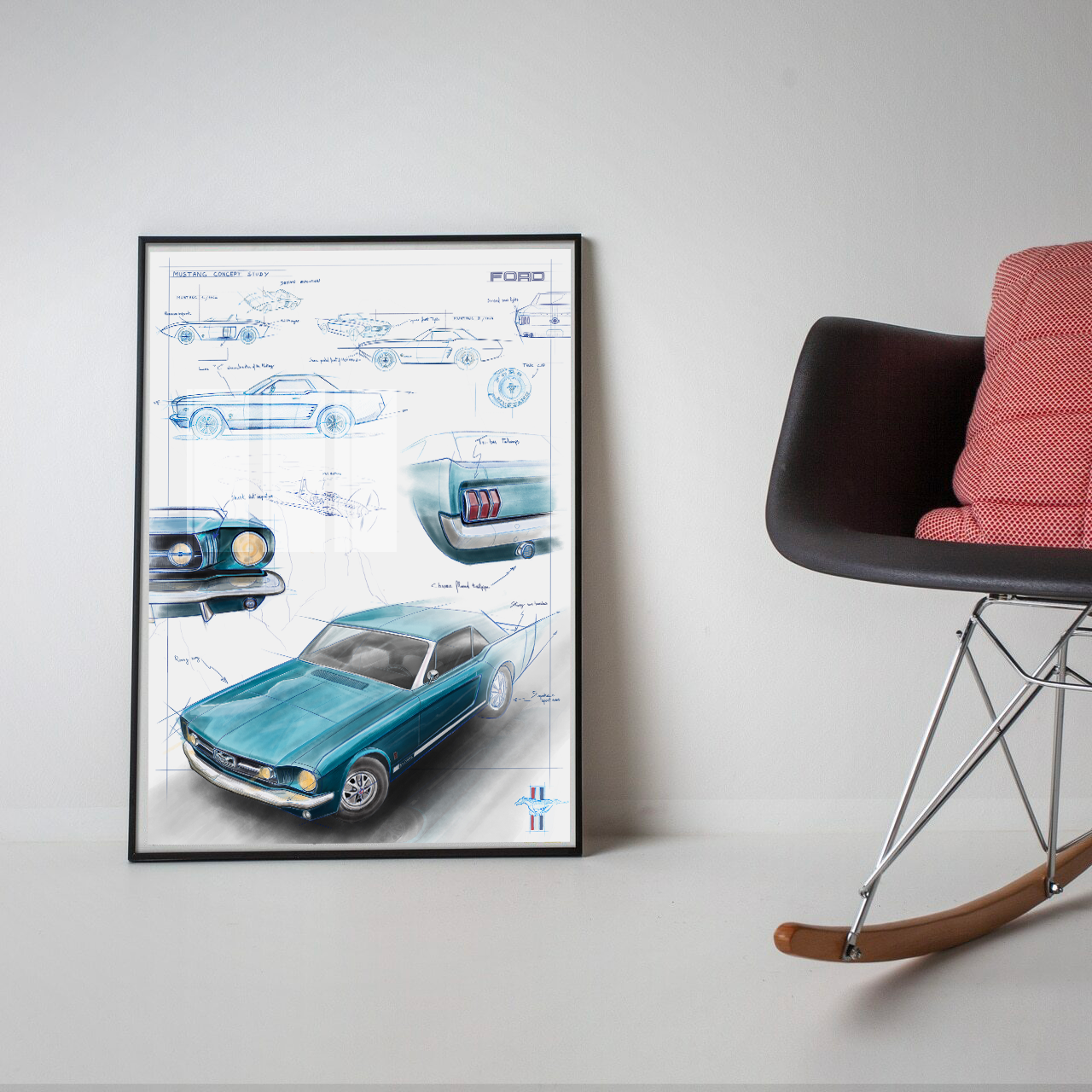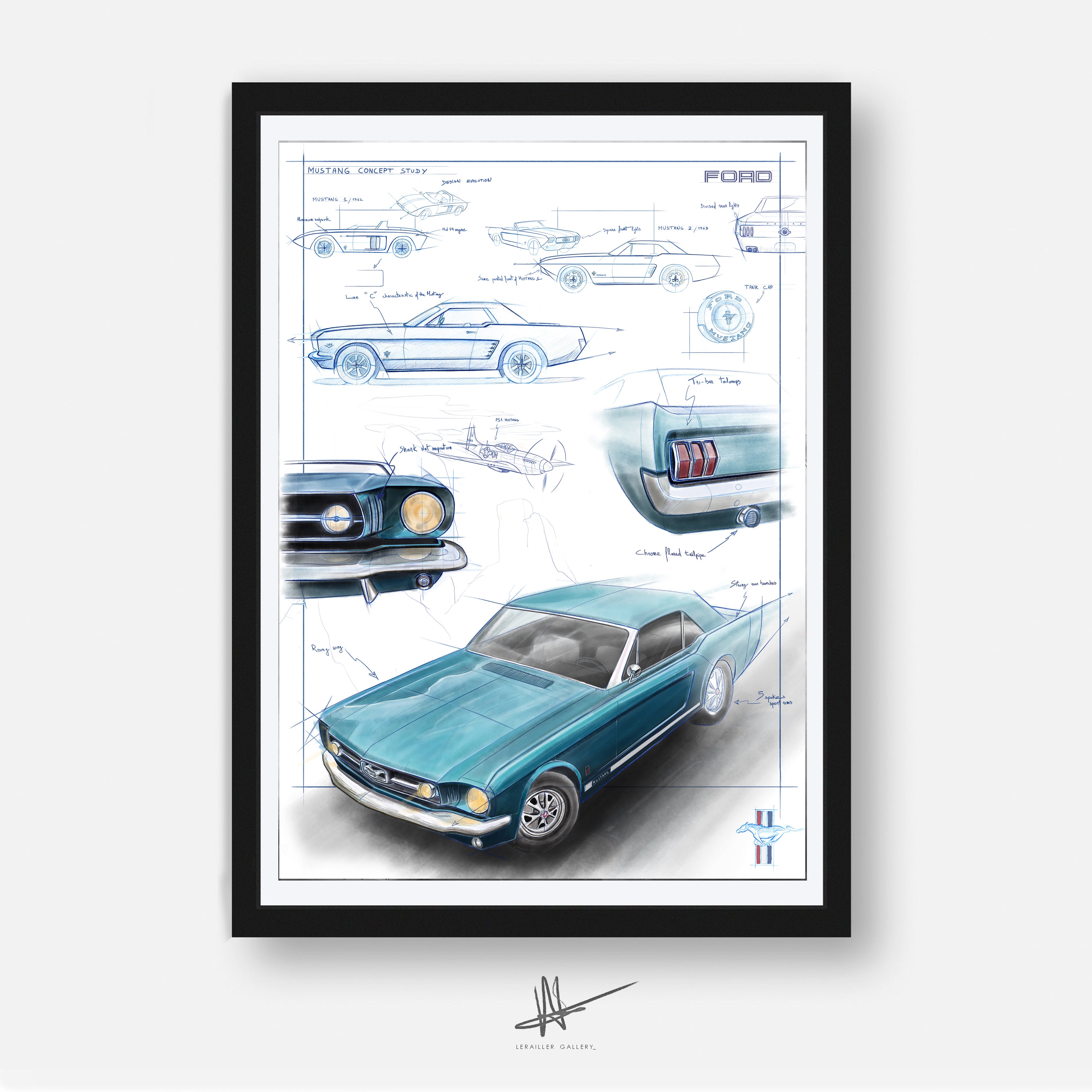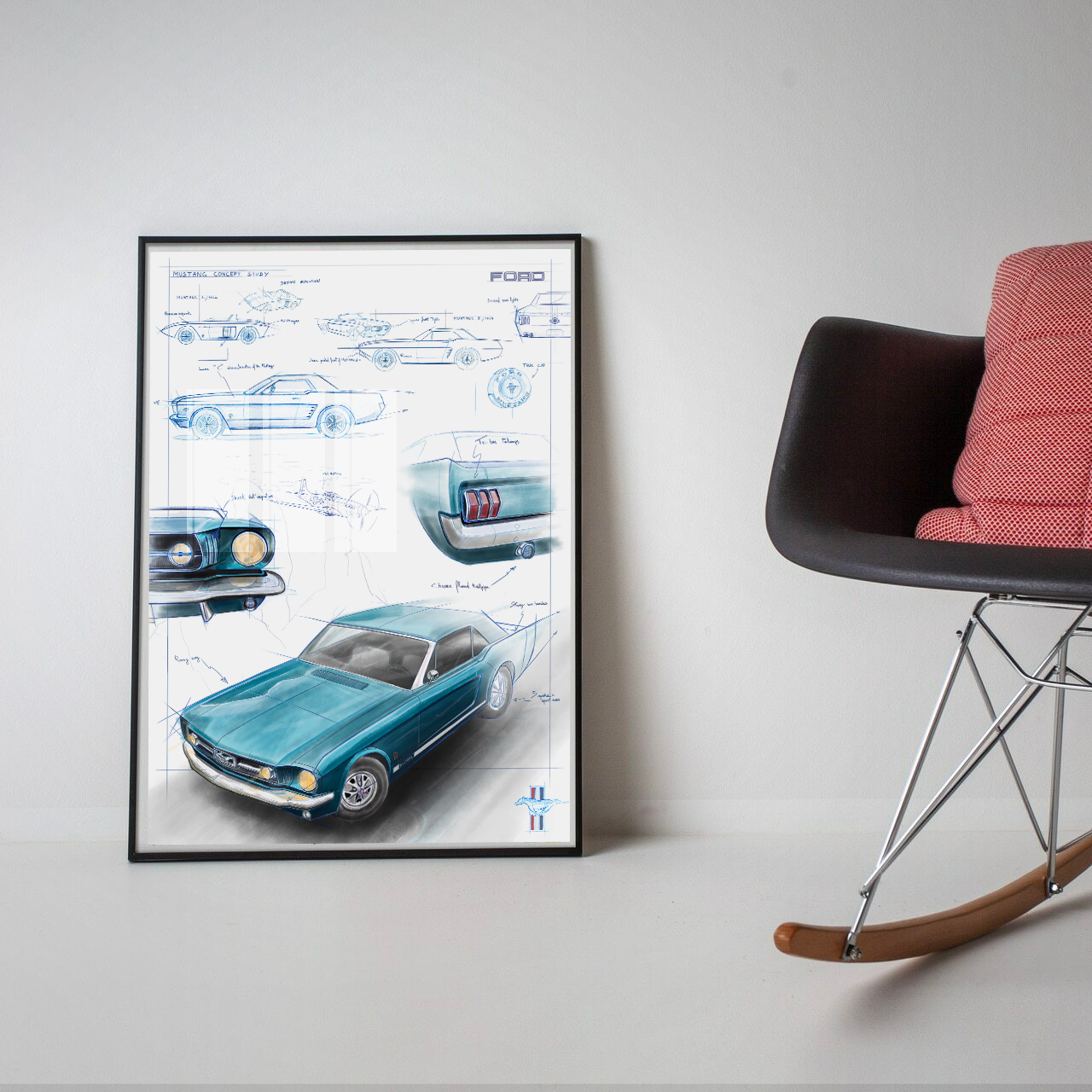"The Mustang 65
- LIMITED EDITION OF 25
- FINE ART PAPER 100% COTTON 310G/M
- NUMBERED, DATED AND SIGNED BY THEARTIST
- DELIVERED IN A PROTECTIVE TUBE WITH A CERTIFICATE OFAUTHENTICITY
S T O R Y
La Mustang a créé la classe « Pony car » (d’ailleurs le signe sur la voiture n’est pas celui de « Ford » mais celui d’un cheval, un Mustang au galop) des voitures américaines, voitures de sport comme les coupés avec capots longs et courts ponts arrière
Le design original a été conçu à partir de la plate-forme de la Ford Falcon, une voiture compacte qui a été produite sur trois générations de 1960 à 1970. La Ford Mustang I de 1962 était une voiture conceptuelle à deux places qui a évolué vers la Mustang II à quatre places de 1963. Cette deuxième itération de la Mustang a été utilisée pour tester l'intérêt du public pour le premier dévoilement de la voiture Mustang. L'automobile conceptuelle Mustang II a été créée en utilisant une petite différence par rapport à l'arrière et à l'avant du modèle de production, comme un toit abaissé de 2,7 pouces.

Le modèle fastback était initialement dessiné avec un hayon et une deuxième rangée de sièges orientés vers l'arrière. Bien que cette voiture n'ait jamais été produite, une variation du profil fastback a finalement été adoptée comme troisième style de carrosserie pour la Mustang.
Le styliste exécutif John Najjar, qui était un fan de l’avion de chasse P-51 Mustang de la Seconde Guerre mondiale, est officiellement crédité par Ford pour avoir suggéré le nom. John Najjar co-conçoit le premier prototype de la Ford Mustang connu sous le nom de Ford Mustang I en 1961.

Le concept Mustang 2 de 1963 présenté au salon se rapprochait bien plus de la Mustang définitive et affichait déjà certains détails caractéristiques, comme les petits feux arrière en forme de barrettes verticales.

La première Ford Mustang a été lancée en 1964 et a été le lancement le plus réussi de Ford depuis la Ford Model A de 1928.
C R E A T I O N P R O C E S S
Each creation begins with a phase of research and documentation on the model, its origins and designer, as well as its technical aspects.
Par exemple, l'artiste a fait le choix de représenter le concept Mustang 1 et 2 pour montrer l'évolution du style et les choix des designers.

Alban Lerailler à utilisé un crayon Polycromos Dark blue qui lui permet d'avoir des traits assez fins tout en faisant varier l'intensité des couleurs.
Ce travail est minutieux et demande une grande maitrise pour capturer tous les détails de la Ford Mustang.

Museum quality
Museum quality
Made in France
Photo Rag® from Hahnemühle is one of the world's best-known papers and a versatile medium for high-quality fine art inkjet prints.
100% cotton, 308g/ m²
Packaging
Packaging
Sold with certificate of authenticity signed and dated by the artist. Protected in a thick cardboard tube to prevent damage to the work.
Fast, secure shipping
Fast, secure shipping
Shipped within 48 to 72 hours. Worldwide delivery.
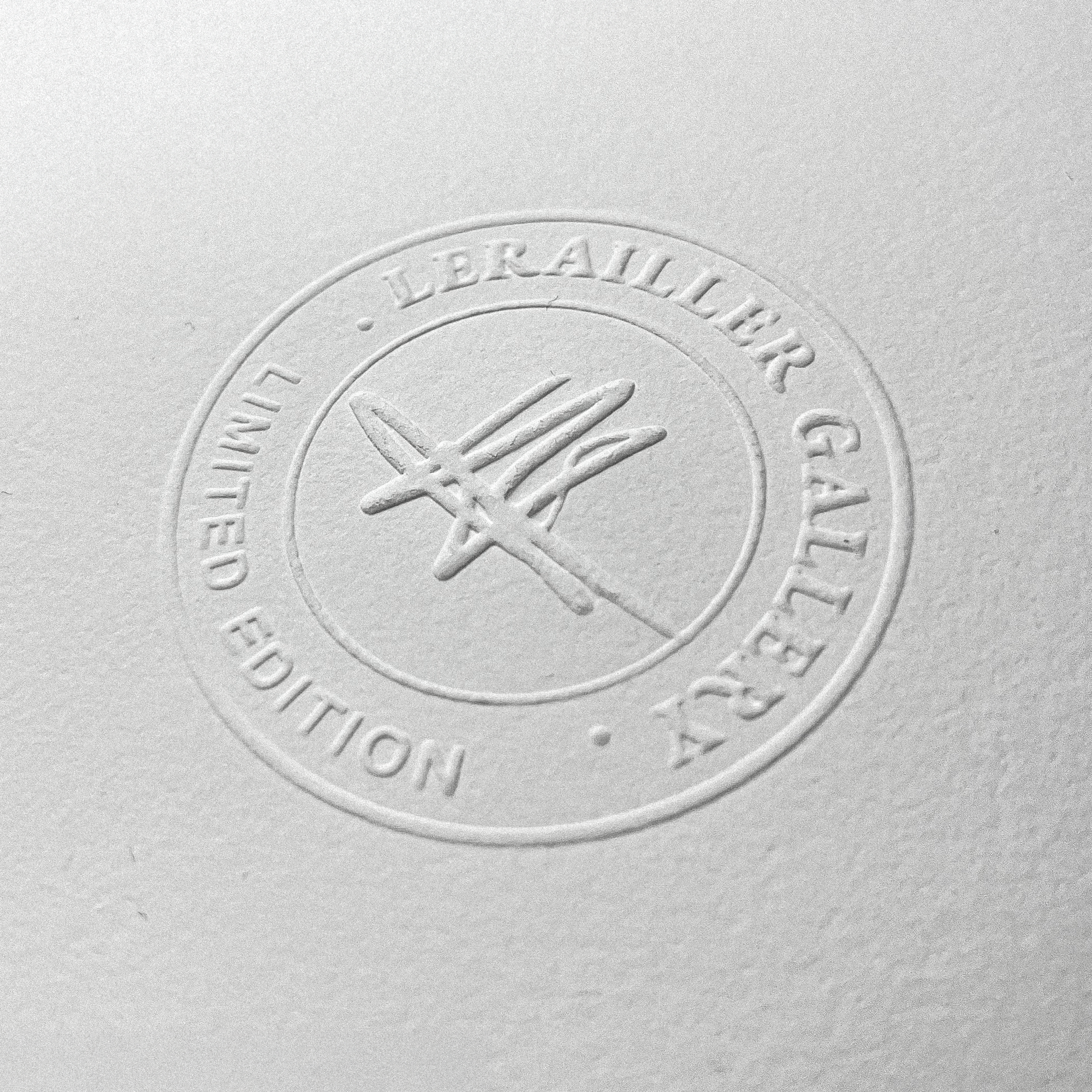

"Stamp of authenticity
Each work is stamped"Lerailler Gallery" to certify the work. Delivered with a signed and numbered certificate of authenticity.
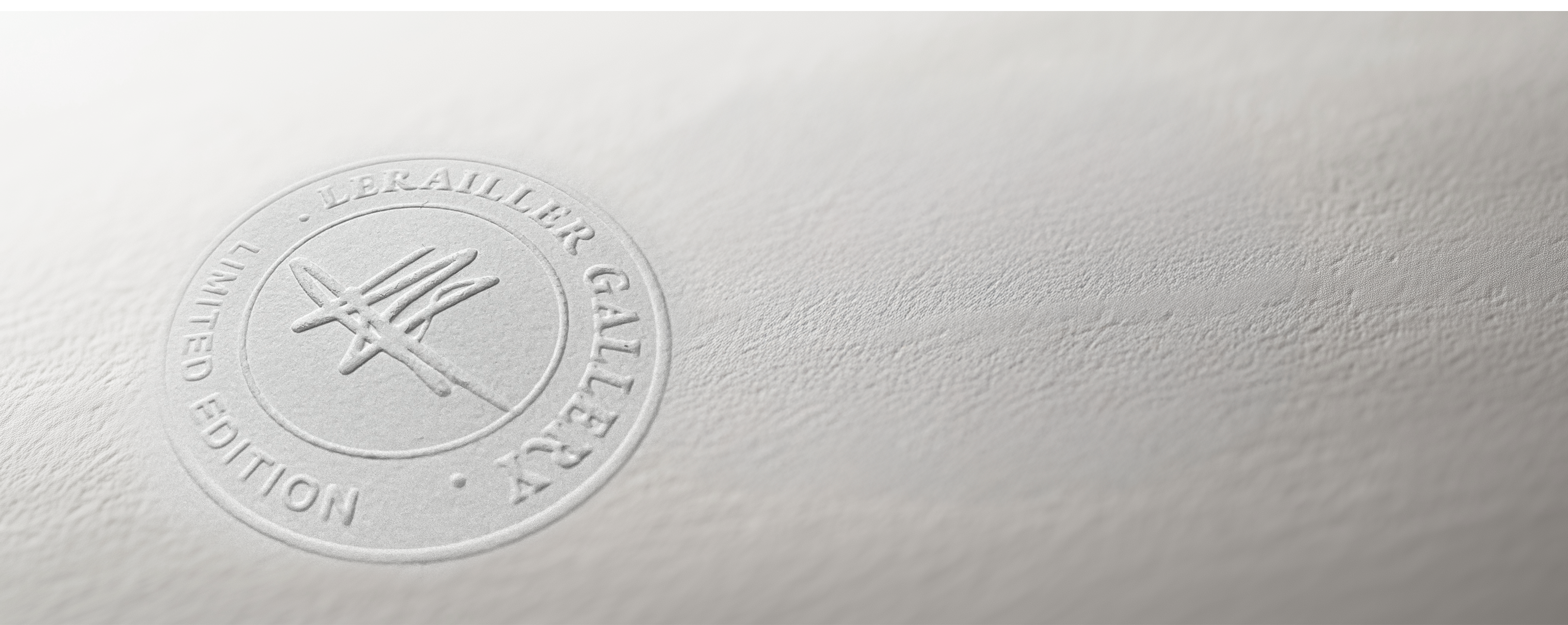
"Stamp of authenticity
Each work is stamped "Lerailler Gallery" to certify the work. Delivered with a signed and numbered certificate of authenticity.
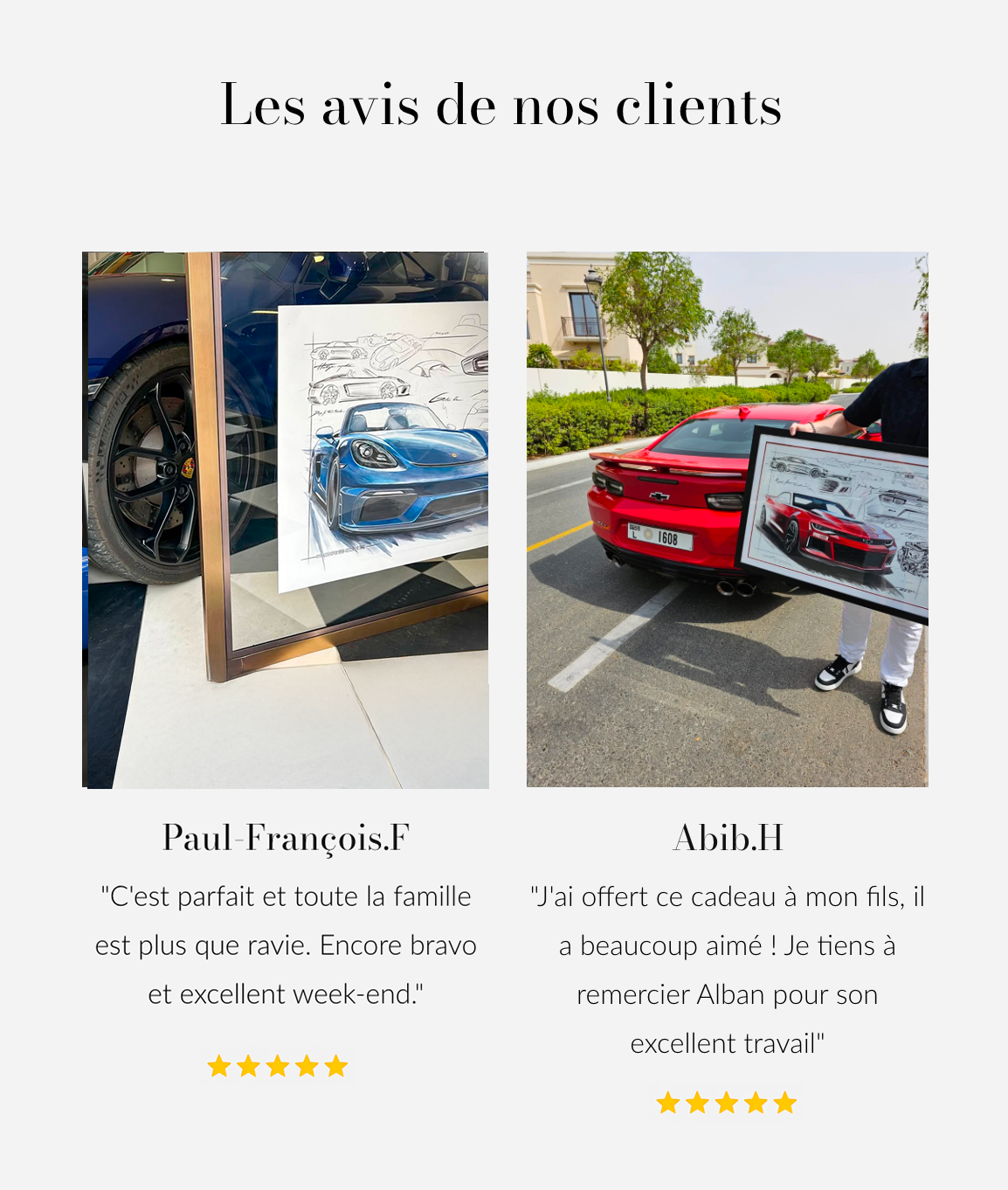
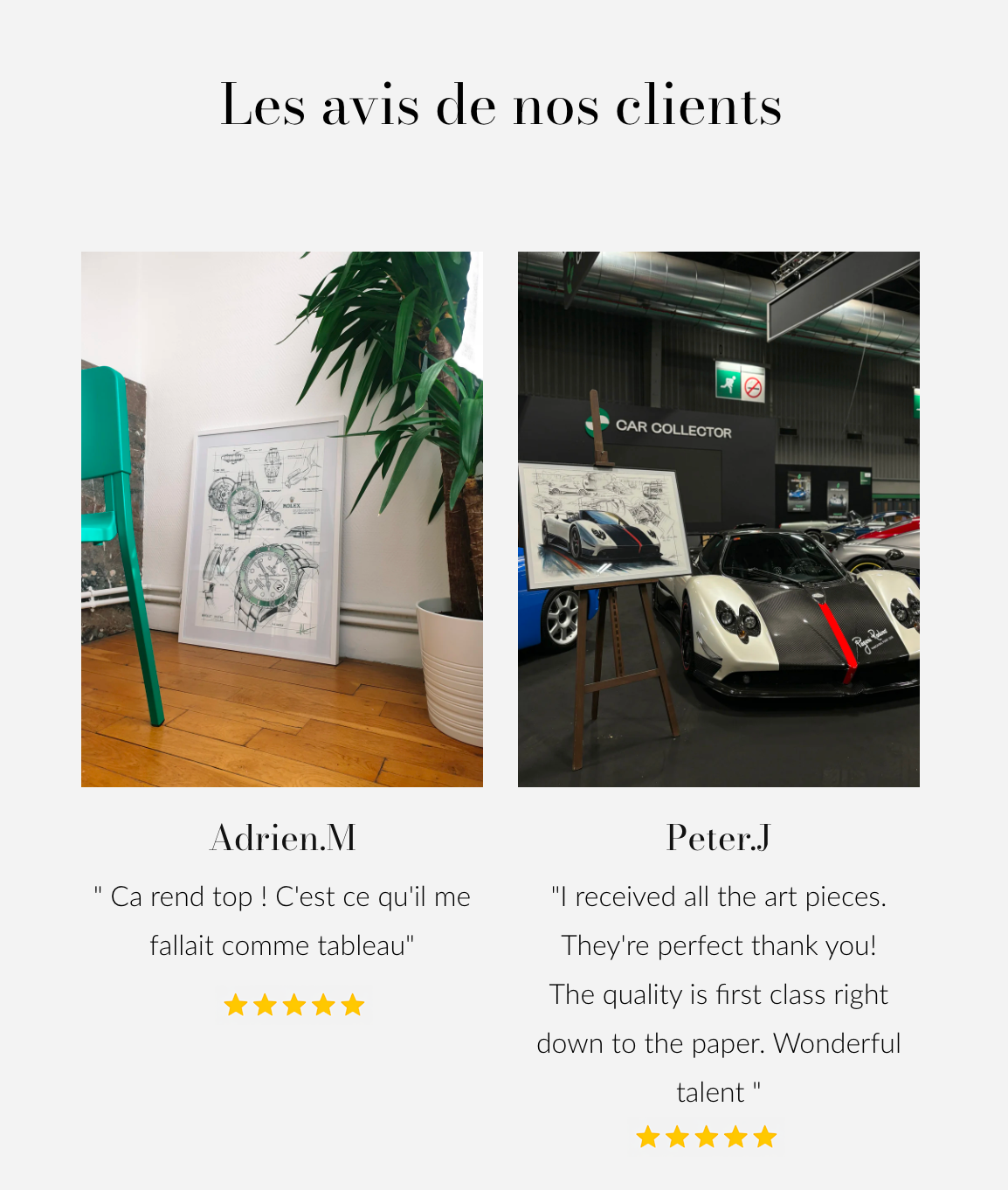

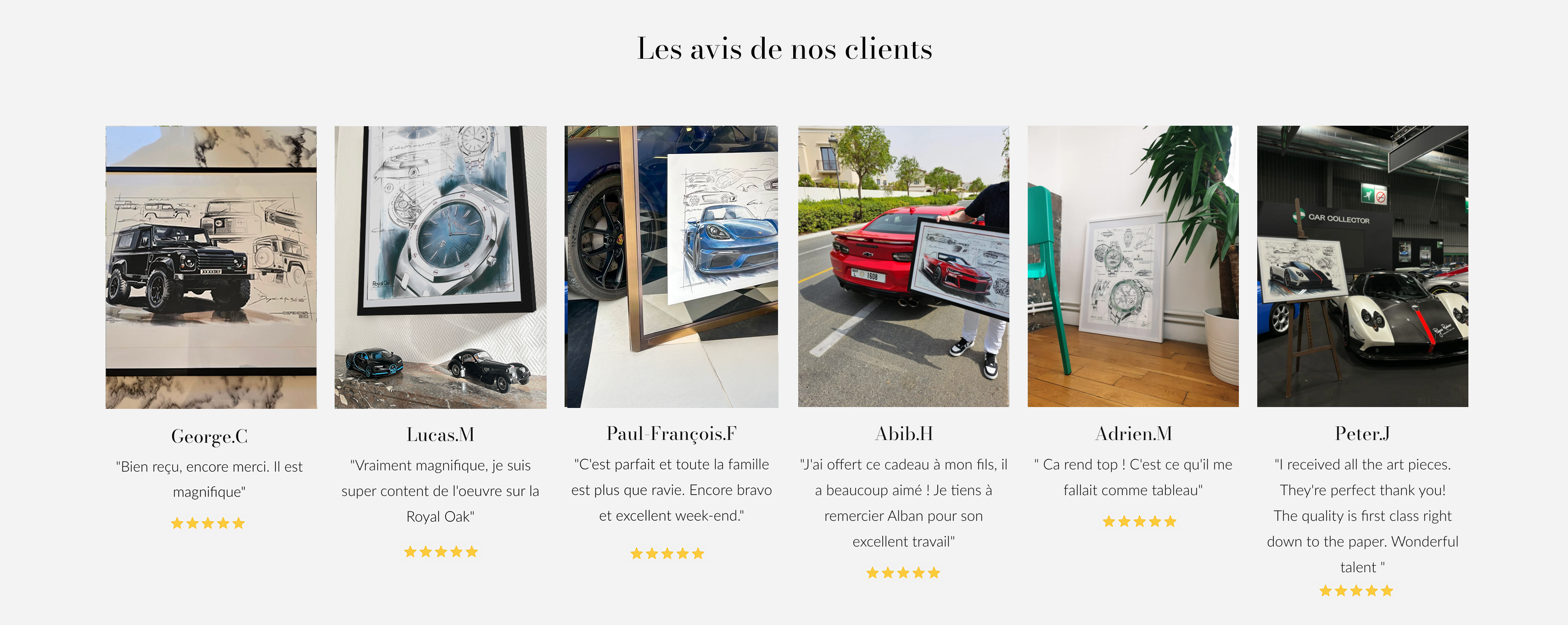
Frequently asked questions
Does the frame come with it?
Does the frame come with it?
No, we don't supply the frame. We advise you to contact suppliers such as Castorama or Leroy Merlin.
What are the delivery times?
What are the delivery times?
It takes between 3 and 4 days to receive your order.
I'd like a personalized piece!
I'd like a personalized piece!
We invite you to click on this link to chat directly with the artist HERE



